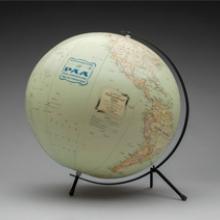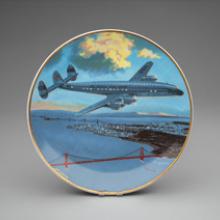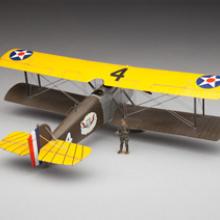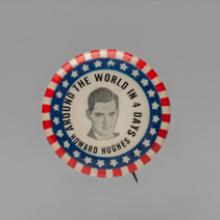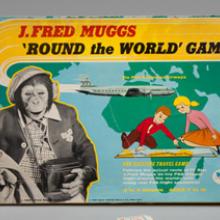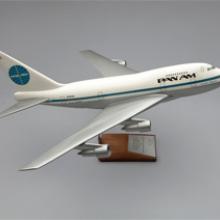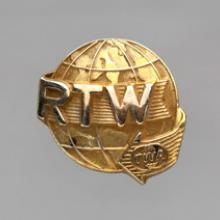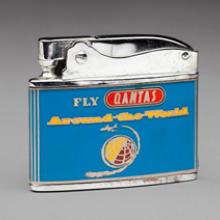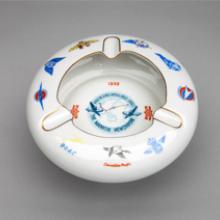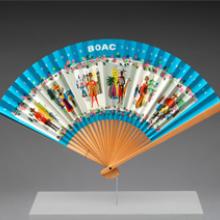Circling the Globe: Round-the-World Flights and Airline Service
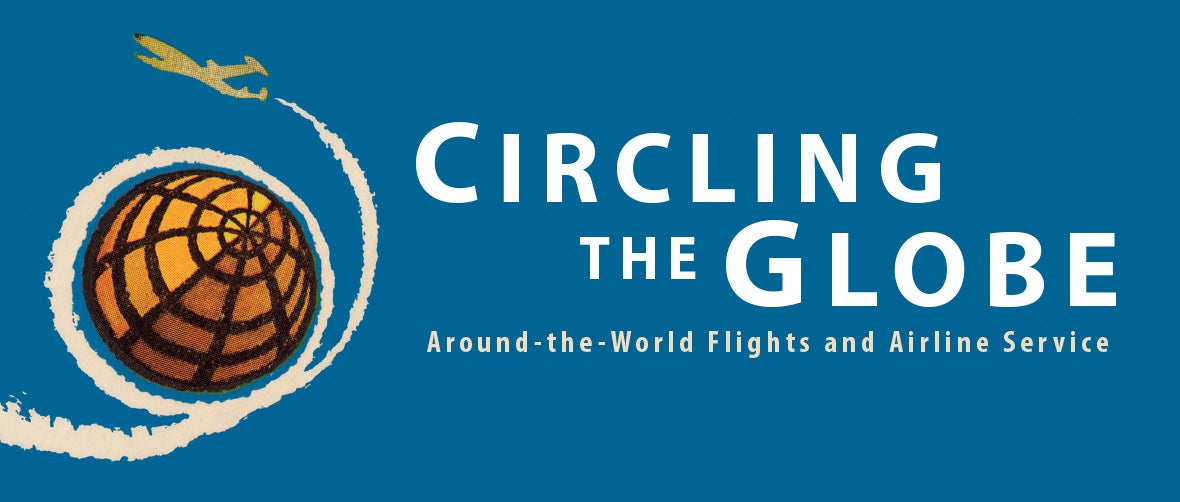
Harvey Milk Terminal 1
Circling the Globe: Round-the-World Flights and Airline Service
For millennia, humans had viewed the world as encompassing unimaginably vast distances. To travel around or to the end of it—as some believed it was flat—was beyond anyone’s comprehension. In 1522, the crew of the Victoria returned to Spain after completing the first recorded circumnavigation of the globe. They had lost their captain, Ferdinand Magellan, but had managed to complete the perilous journey in just under three years. Three-hundred-and-fifty years later, Jules Verne would inspire the imagination of millions with his work Around the World in 80 Days about a fictional character traveling around the world using mostly rail and steamer, the swiftest modes of transportation available during the industrial age. In 1887, as part of a newspaper promotion Nellie Bly (born Elizabeth Cochran) successfully attempted a similar feat in seventy-two days. In the decades following, others would best Bly’s record, until in 1913, when John Henry Mears completed the trip in a record thirty-five days. He was also the first to use an aeroplane—just invented a decade earlier—on a short leg of his route.
For the 1915 Panama Pacific Exposition in San Francisco, the Bureau of Aeronautics announced their sponsorship of an around-the-world air race with a travel time limit of ninety days. In the early 1920s, several British attempts had ended in failure. Then, in 1924, a group of U.S. Army Air Service pilots successfully completed the journey in 175 days flying two Douglas World Cruiser biplanes. Throughout the 1920s and 30s, around-the-world records would be established and broken. In 1938, business magnate and aviator Howard Hughes, flying a state-of-the-art, modified Lockheed Super Electra circumnavigated the globe by air in just three days, setting a world speed record. Over the next five decades, numerous types of around-the-world records were set, but not until the 1986 flight of the Rutan Model 76 Voyager, piloted by Jeana Yeager and Dick Rutan, did an aircraft fly around the world without stopping or refueling.
In 1947, regularly scheduled around-the-world service on a single airline was inaugurated by Pan American World Airways. Soon after, numerous other airlines began offering the service. Tourist-class tickets established in the 1950s brought affordable around-the-world services to a larger percentage of the public. Airlines began to heavily promote the service, and passengers proudly flaunted their globe-trotting, around-the-world traveler status with certificates, membership cards, and promotional airline giveaways. Circling the Globe presents a varied collection of aircraft models, airline promotional items, and commemorative objects that represent the legacy of flying around the world.
©2013 by the San Francisco Airport Commission. All rights reserved.
